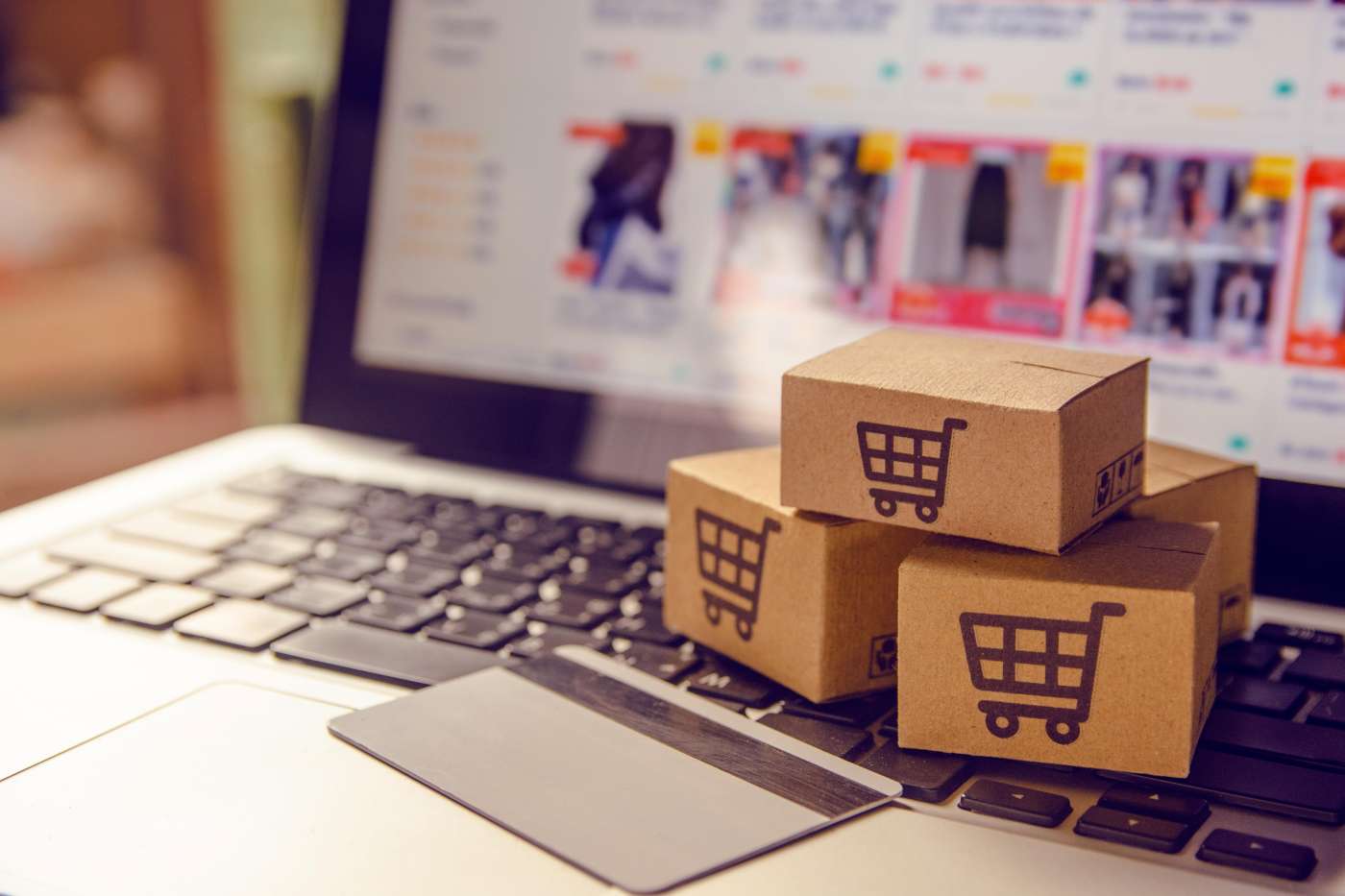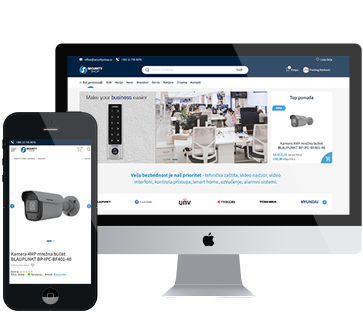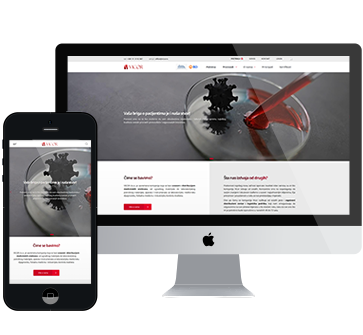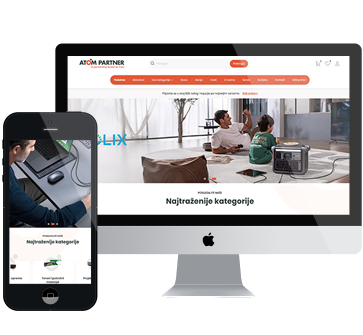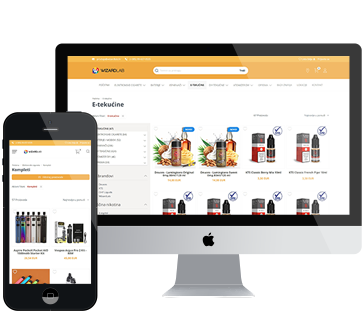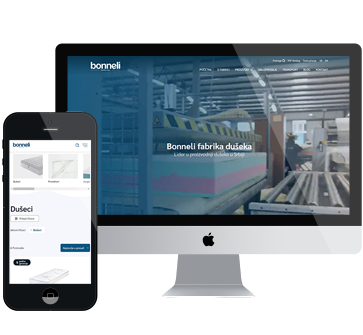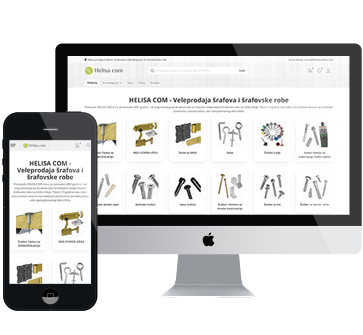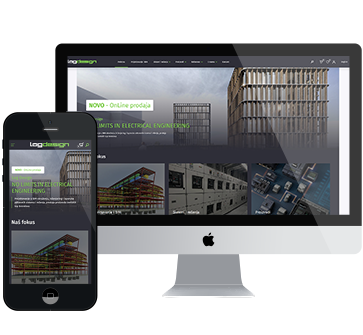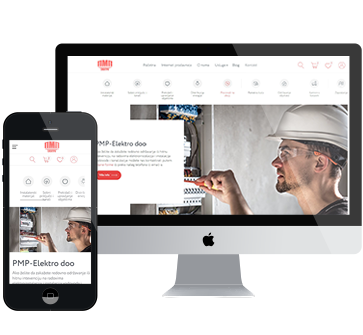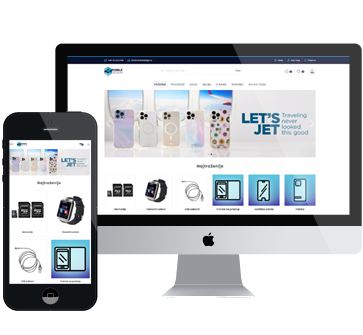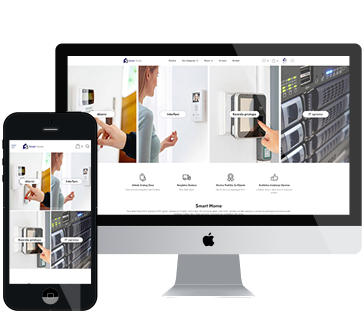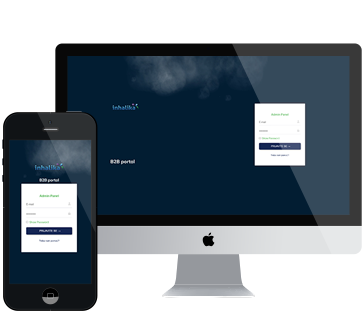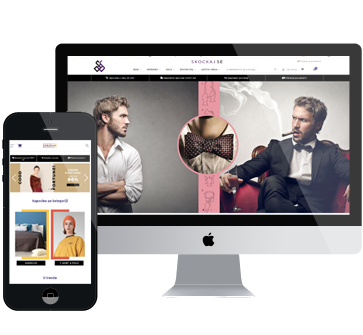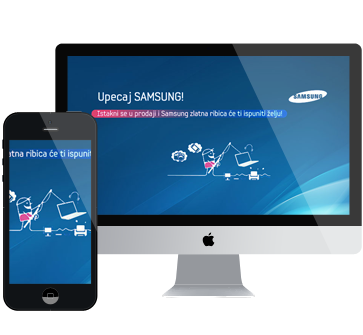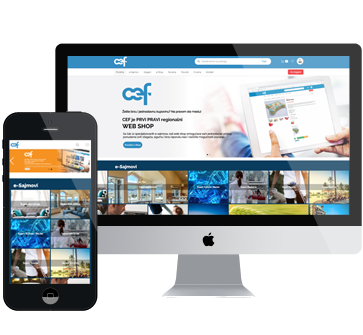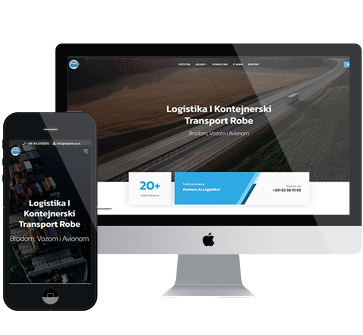Wholesale customers want to order products at their own prices without relying on sales representatives, which often isn’t possible when they need it.
How can we help you?
The first step in developing a B2B portal is to gain a detailed understanding of your current workflows and discuss how existing processes can be optimized, improved, and automated (everything that can be automated) - price and stock updates in the B2B portal, product updates, customer list updates, customer support, sending orders to pickers/packers, sending orders to the transport service, etc...With a B2B portal, your clients will have all the information in one place, which avoids unnecessary communication and speeds up ordering, freeing your sales team to truly focus on growing the customer base instead of constant back‑and‑forth.
All of this cuts down manual operations and saves a lot of time while also generating significant cost savings!
With a B2B portal, you have insight into all customer information, their orders, complaints, etc., in one place. The customer also has a comprehensive view of their orders, order statuses, technical product details, total liabilities, complaint requests, etc.
There are 2 ways to organize a B2B portal
- Open type - where anyone can view the catalog and certain data and order as a B2C customer. After logging in, they receive B2B privileges and see everything a B2B customer should see
- Closed type - where only after logging in can the customer view the catalog and place orders according to their terms
There are also 2 ways to organize prices for B2B customers
- The product price is the same for every B2B customer (wholesale price)
- Each B2B customer can be assigned a different percentage discount based on the product, category, or brand
B2B business is better because
- It yields a higher average transaction value - B2B transactions generally involve ordering more products compared to B2C transactions, resulting in higher revenue.
- B2B relationships are usually long‑term and stable, providing greater predictability for the business.
The advantages of a B2B portal are:
- Digitalized and automated sales process,
- Human error is minimized,
- Easier communication with customers and less time spent on the phone answering the same questions,
- Lower administration costs,
- Available to customers 24/7 without any effort on your part,
- Accessible via mobile devices - smartphones and tablets,
- Special terms for each customer,
- Handling credit outside of currency,
- Promotion of the latest products and offers,
- Real-time catalog and stock availability overview,
- Tracking of document status changes,
- Complaint management system,
- Accurate shipping information
We know that every company has specific needs and we can fulfill them!

